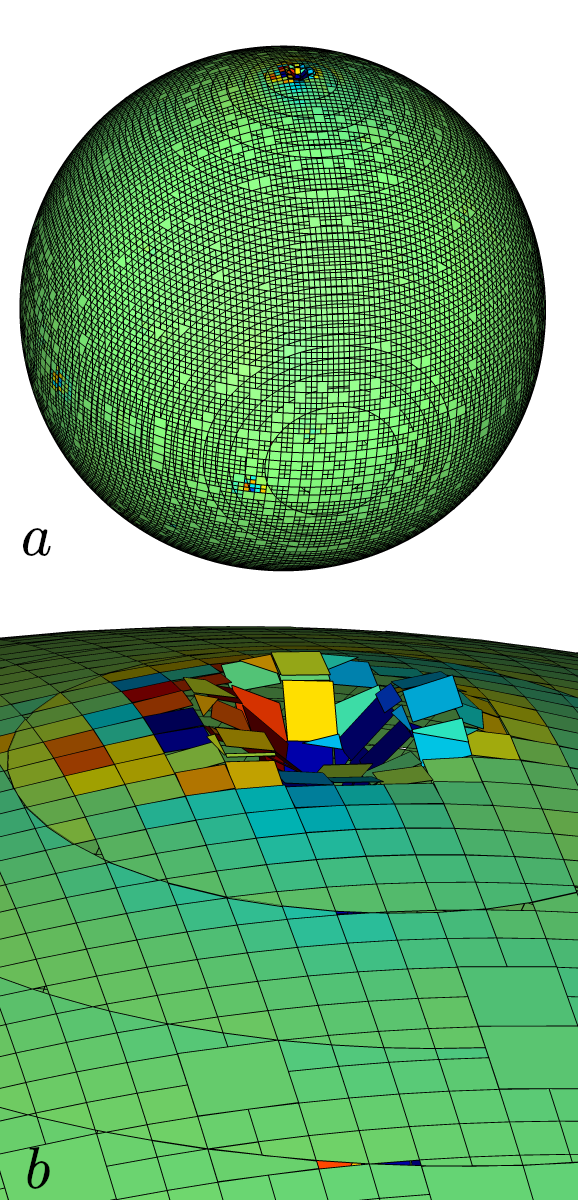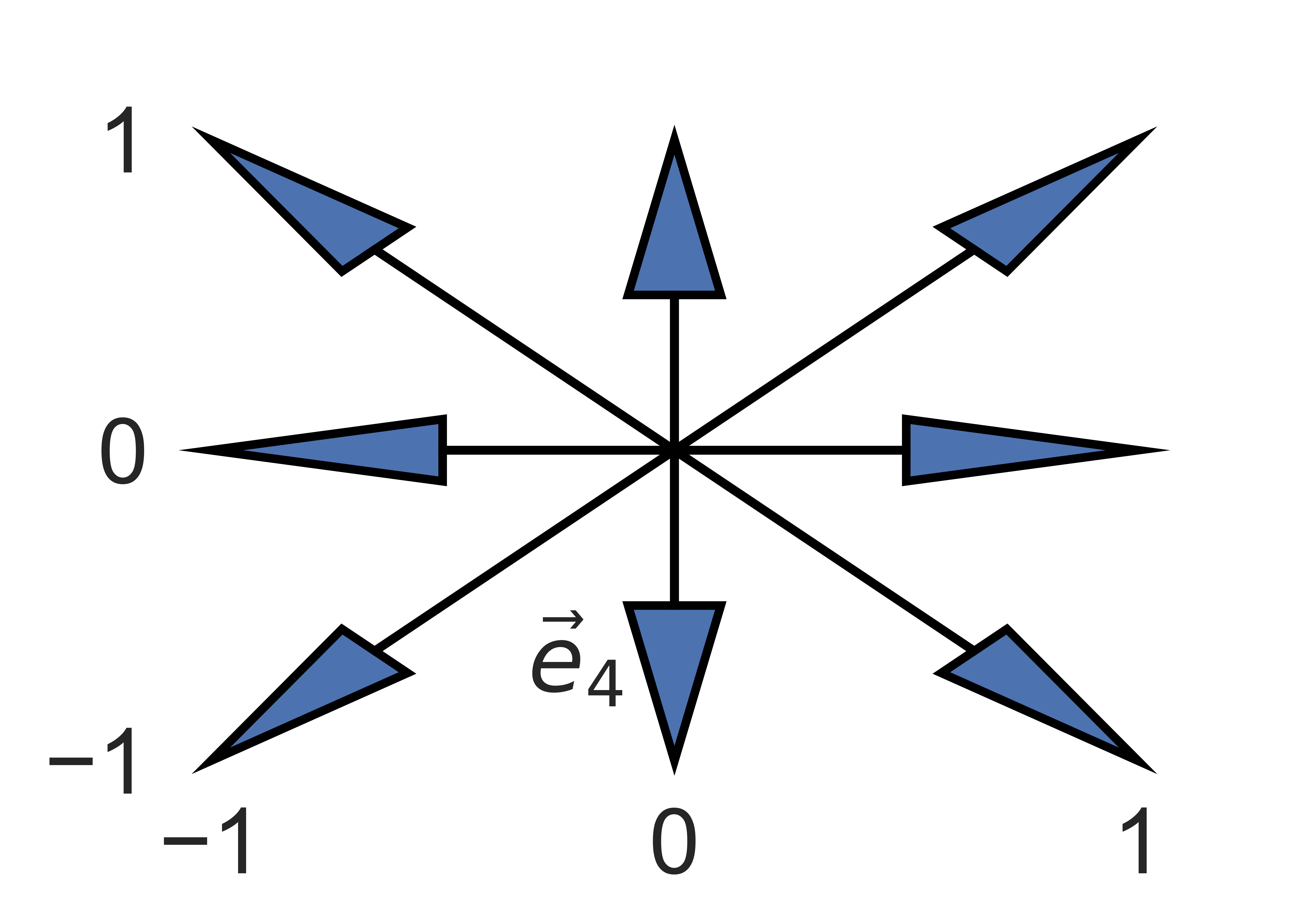|
ILASS
The Institute for Liquid Atomization and Spray Systems, (ILASS), is an organization of researchers, industrial practitioners and students engaged in professional activities connected with the spraying of liquids and slurries. Annual technical conferences are organized by each of the ILASS organizations ILASS-Americas, ILASS-Asia, and ILASS-Europe. ILASS-International is an overarching coordinating board made up of representatives from the three regional ILASS Institutes. ILASS meetings have practitioner and researchers from many areas where spray technology is utilized. This includes injectors for gas turbines, rockets, and diesels, agricultural and medical sprays, industrial sprays, fire protection, paint and coating applications, and many others. This breadth of spray applications at this conference and technical community provides cross-fertilization of research methodologies and innovative efforts. Mechanical, agricultural and chemical engineers all participate in these meet ... [...More Info...] [...Related Items...] OR: [Wikipedia] [Google] [Baidu] |
Spray Nozzle
A spray nozzle is a device that facilitates the dispersion of a liquid by the formation of a spray. The production of a spray requires the fragmentation of liquid structures, such as liquid sheets or ligaments, into droplets, often by using kinetic energy to overcome the cost of creating additional surface area. A wide variety of spray nozzles exist, that make use of one or multiple liquid breakup mechanisms, which can be divided into three categories: liquid sheet breakup, jets and capillary waves. Spray nozzles are of great importance for many applications, where the spray nozzle is designed to have the right spray characteristics. Spray nozzles can have one or more outlets; a multiple outlet nozzle is known as a compound nozzle. Multiple outlets on nozzles are present on spray balls, which have been used in the brewing industry for many years for cleaning casks and kegs. Spray nozzles range from heavy duty industrial uses to light duty spray cans or spray bottles. Singl ... [...More Info...] [...Related Items...] OR: [Wikipedia] [Google] [Baidu] |
Spray (liquid Drop)
A spray is a dynamic collection of drops dispersed in a gas. The process of forming a spray is known as atomization. A spray nozzle is the device used to generate a spray. The two main uses of sprays are to distribute material over a cross-section and to generate liquid surface area. There are thousands of applications in which sprays allow material to be used most efficiently. The spray characteristics required must be understood in order to select the most appropriate technology, optimal device and size. Formation Spray atomization can be formed by several methods. The most common method is through a spray nozzle which typically has a fluid passage that is acted upon by different mechanical forces that atomize the liquid. The first atomization nozzle was invented by Thomas A. DeVilbiss of Toledo, Ohio in the late 1800s His invention was bulb atomizer that used pressure to impinge upon a liquid, breaking the liquid into a fine mist. Spray formation has taken on several forms, th ... [...More Info...] [...Related Items...] OR: [Wikipedia] [Google] [Baidu] |
Gas Turbine
A gas turbine, also called a combustion turbine, is a type of continuous flow internal combustion engine. The main parts common to all gas turbine engines form the power-producing part (known as the gas generator or core) and are, in the direction of flow: * a rotating gas compressor * a combustor * a compressor-driving turbine. Additional components have to be added to the gas generator to suit its application. Common to all is an air inlet but with different configurations to suit the requirements of marine use, land use or flight at speeds varying from stationary to supersonic. A propelling nozzle is added to produce thrust for flight. An extra turbine is added to drive a propeller (turboprop) or ducted fan (turbofan) to reduce fuel consumption (by increasing propulsive efficiency) at subsonic flight speeds. An extra turbine is also required to drive a helicopter rotor or land-vehicle transmission (turboshaft), marine propeller or electrical generator (power turbine). Greater ... [...More Info...] [...Related Items...] OR: [Wikipedia] [Google] [Baidu] |
Computational Fluid Dynamics
Computational fluid dynamics (CFD) is a branch of fluid mechanics that uses numerical analysis and data structures to analyze and solve problems that involve fluid flows. Computers are used to perform the calculations required to simulate the free-stream flow of the fluid, and the interaction of the fluid ( liquids and gases) with surfaces defined by boundary conditions. With high-speed supercomputers, better solutions can be achieved, and are often required to solve the largest and most complex problems. Ongoing research yields software that improves the accuracy and speed of complex simulation scenarios such as transonic or turbulent flows. Initial validation of such software is typically performed using experimental apparatus such as wind tunnels. In addition, previously performed analytical or empirical analysis of a particular problem can be used for comparison. A final validation is often performed using full-scale testing, such as flight tests. CFD is applied to ... [...More Info...] [...Related Items...] OR: [Wikipedia] [Google] [Baidu] |
Reynolds-averaged Navier–Stokes Equations
The Reynolds-averaged Navier–Stokes equations (RANS equations) are time-averaged equations of motion for fluid flow. The idea behind the equations is Reynolds decomposition, whereby an instantaneous quantity is decomposed into its time-averaged and fluctuating quantities, an idea first proposed by Osborne Reynolds. The RANS equations are primarily used to describe turbulent flows. These equations can be used with approximations based on knowledge of the properties of flow turbulence to give approximate time-averaged solutions to the Navier–Stokes equations. For a stationary flow of an incompressible Newtonian fluid, these equations can be written in Einstein notation in Cartesian coordinates as: \rho\bar_j \frac = \rho \bar_i + \frac \left - \bar\delta_ + \mu \left( \frac + \frac \right) - \rho \overline \right The left hand side of this equation represents the change in mean momentum of a fluid element owing to the unsteadiness in the mean flow and the convection by the ... [...More Info...] [...Related Items...] OR: [Wikipedia] [Google] [Baidu] |
Large Eddy Simulations
Large means of great size. Large may also refer to: Mathematics * Arbitrarily large, a phrase in mathematics * Large cardinal, a property of certain transfinite numbers * Large category, a category with a proper class of objects and morphisms (or both) * Large diffeomorphism, a diffeomorphism that cannot be continuously connected to the identity diffeomorphism in mathematics and physics * Large numbers, numbers significantly larger than those ordinarily used in everyday life * Large ordinal, a type of number in set theory * Large sieve, a method of analytic number theory ** Larger sieve, a heightening of the large sieve * Law of large numbers, a result in probability theory * Sufficiently large, a phrase in mathematics Other uses * ''Large'' (film), a 2001 comedy film * Large (surname), an English surname * LARGE, an enzyme * Large, a British English name for the maxima (music), a note length in mensural notation * Large, or G's, or grand, slang for $1,000 US dollars ... [...More Info...] [...Related Items...] OR: [Wikipedia] [Google] [Baidu] |
Volume Of Fluid Method
In computational fluid dynamics, the volume of fluid (VOF) method is a free-surface modelling technique, i.e. a numerical technique for tracking and locating the free surface (or fluid–fluid interface). It belongs to the class of Eulerian methods which are characterized by a mesh that is either stationary or is moving in a certain prescribed manner to accommodate the evolving shape of the interface. As such, VOF is an advection scheme—a numerical recipe that allows the programmer to track the shape and position of the interface, but it is not a standalone flow solving algorithm. The Navier–Stokes equations describing the motion of the flow have to be solved separately. The same applies for all other advection algorithms. History The volume of fluid method is based on earlier Marker-and-cell (MAC) methods. First accounts of what is now known as VOF have been given by Noh & Woodward in 1976, where fraction function C (see below) appeared, although the first publication in ... [...More Info...] [...Related Items...] OR: [Wikipedia] [Google] [Baidu] |
Level-set Method
Level-set methods (LSM) are a conceptual framework for using level sets as a tool for numerical analysis of surfaces and shapes. The advantage of the level-set model is that one can perform numerical computations involving curves and surfaces on a fixed Cartesian grid without having to parameterize these objects (this is called the ''Eulerian approach''). Also, the level-set method makes it very easy to follow shapes that change topology, for example, when a shape splits in two, develops holes, or the reverse of these operations. All these make the level-set method a great tool for modeling time-varying objects, like inflation of an airbag, or a drop of oil floating in water. The figure on the right illustrates several important ideas about the level-set method. In the upper-left corner we see a shape; that is, a bounded region with a well-behaved boundary. Below it, the red surface is the graph of a level set function \varphi determining this shape, and the flat blue region r ... [...More Info...] [...Related Items...] OR: [Wikipedia] [Google] [Baidu] |
Lattice Boltzmann Methods
The lattice Boltzmann methods (LBM), originated from the lattice gas automata (LGA) method (Hardy- Pomeau-Pazzis and Frisch- Hasslacher- Pomeau models), is a class of computational fluid dynamics (CFD) methods for fluid simulation. Instead of solving the Navier–Stokes equations directly, a fluid density on a lattice is simulated with streaming and collision (relaxation) processes. The method is versatile as the model fluid can straightforwardly be made to mimic common fluid behaviour like vapour/liquid coexistence, and so fluid systems such as liquid droplets can be simulated. Also, fluids in complex environments such as porous media can be straightforwardly simulated, whereas with complex boundaries other CFD methods can be hard to work with. Algorithm Unlike CFD methods that solve the conservation equations of macroscopic properties (i.e., mass, momentum, and energy) numerically, LBM models the fluid consisting of fictive particles, and such particles perform consecutive propa ... [...More Info...] [...Related Items...] OR: [Wikipedia] [Google] [Baidu] |




